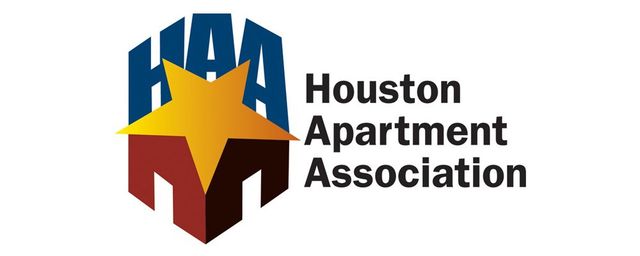Navigating the Complex Landscape of Compliance Guidelines for Network Protection in Multi-Dwelling Residences to Ensure Resident Security and Data Safeguarding
Wiki Article
In today's world, numerous individuals live in multi-dwelling buildings, including flat complexes and condominiums. Such places often share common infrastructures for internet and other amenities. While this arrangement can be convenient, it also raises significant questions about network safety and compliance standards. Ensuring the security of residents and safeguarding their information is crucial. This article will examine the intricate landscape of regulatory standards for network security in multi-unit buildings, focusing on how these guidelines help keep tenants secure and secure.
One of the primary compliance guidelines that apply to system safety is the General Data Privacy Regulation (GDPR). This law is intended to protect personal information and privacy for persons inside the European Community. Although it mainly applies to businesses functioning in Europe, its tenets can influence practices in different regions as well. For multi-unit buildings, adhering to GDPR means implementing strong data protection protocols. This includes making sure that tenants' individual data is collected, stored, and processed safely. By following these standards, property administrators can assist build trust with tenants and ensure their information is protected from illicit intrusion.

A further significant standard is the Health Coverage Flexibility and Accountability Law (HIPAA), which safeguards sensitive patient information in the healthcare industry. In multi-dwelling units, particularly those that provide healthcare assistance or have tenants with specific health requirements, adherence with HIPAA is essential. This means that any health-related data gathered from tenants must be kept network security incident response confidential and protected. Building managers must ensure that their system infrastructures are designed to avoid information breaches and unauthorized intrusion. By taking these steps, they not only comply with legal obligations but also foster a safe living environment for all tenants.
Alongside GDPR and HIPAA, the Credit Card Payment Sector Data Security Guidelines (PCI DSS) is a further critical compliance standard. This guideline is especially important for multi-dwelling units that accept debit card payments for rent or amenities. PCI DSS specifies security measures that must be in place to safeguard customer information. This includes encrypting sensitive information and frequently reviewing network safety. By adhering to PCI DSS standards, property managers can reduce the risk of information leaks and safeguard residents' monetary information, which is vital for maintaining their trust and safety.
Ultimately, it is crucial for multi-unit buildings to stay updated on local and national regulations regarding network security. Laws and standards can evolve, and remaining aware is essential for adherence. Property managers should regularly review their security policies and procedures to ensure they comply with current requirements. This proactive approach not only helps in upholding adherence but also improves the general safety of the system. By prioritizing resident security and information protection, multi-dwelling buildings can establish a safe residential space that encourages confidence and reassurance among tenants.
In conclusion, navigating the complex landscape of regulatory guidelines for network security in multi-dwelling units is essential for ensuring resident safety and data protection. By understanding and implementing standards like GDPR, HIPAA, and PCI DSS, property managers can create a secure environment for their residents. Staying informed about local regulations and regularly reviewing security practices further enhances this commitment to safety. Ultimately, a robust focus on compliance not only protects residents but also builds a feeling of belonging and confidence among multi-unit buildings.